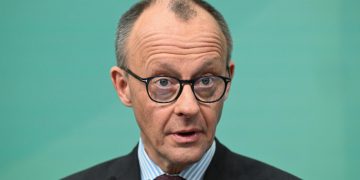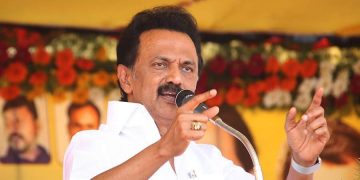In the economic history of the world, one would clearly observe that gold has always been a sensitive barometer of fear. Its value invariably runs up in proportion to people’s fear quotient. The fast upward rally in the value of the yellow metal has been coterminous with the global tensions and strife that has marked international relations over last one and half decades. So much so, that the value of gold has gone up by more than 10 times over the last 15 years. This period has been marked by a heightening of international strife and turmoil resulting in a spike in global uncertainties. Terrorism, financial crises, tensions between countries, nuclear one-upmanship and religious fanaticism, to name only a few, have wracked the world over this period. International trade has gone for a huge toss. With the Covid-19 breaking out, both production and consumption have tumbled. The fizz of everybody’s life has gone. There is despair all around. In fact, there was not a darker period in the living memory of people than the current pandemic age. The current rise in gold is an indicator of general fear and uncertainty about the future.
Its rise today reflects worries over the safety of investing in traditional instruments. Not only are geopolitical tensions with China rising – gold’s value also rose this year during a standoff between the US and Iran. The failure of the global scientific community to go on top of the pandemic has immensely contributed to the sustained rally in the yellow metal. The value of the precious metal has appreciated by over 40 per cent in a little over one year. This year alone, its price has soared by nearly 30 per cent. This trend is likely to continue until we have a vaccine in the market to prevent an infection. Unfortunately, this possibility is still far away. Thus, gold rates will continue to remain firm going forward. Also, an absence of other investment options is driving people to put money in gold. Lately, the Reserve Bank of India is on a gold-buying spree. The bank bought 6.8 tonnes of gold during the pandemic-hit September quarter. While the central bank is jacking up gold reserves in smaller tranches, the government has been issuing sovereign gold bonds. Over past few months, the government is issuing gold bonds every month.
Recent fears around the second wave of Covid-19 have forced many countries to enforce lockdowns. Although India is yet to recall lockdown here, the spurt in daily infections over recent days will make the investment climate further choppy. In the backdrop of such economic uncertainties stoking the gold price, its sales may come down during the coming Dhanteras and Diwali festivals. Chances are that people will keep away from buying gold except for buying it for ritualistic use. However, gold still holds a lot of lure as an investment option, especially when other investment avenues are drying up. Buying gold at `50,000 per 10 grams may be expensive now, but a decade later, this would turn out to be a very prudent investment. The only flip side around this time is people may not be having much disposable liquidity which will bear negatively on the prospect of gold sales. People still looking at gold as an investment option have the choices of investing in sovereign gold bonds or exchange-traded funds. The latter has been floated by mutual funds. They offer capital returns in line with the movement in gold prices. However, availability of these options will have an adverse impact on the sale of physical gold or jewellery. All of those may make the prospect of gold sales glum ahead of the festival.






































